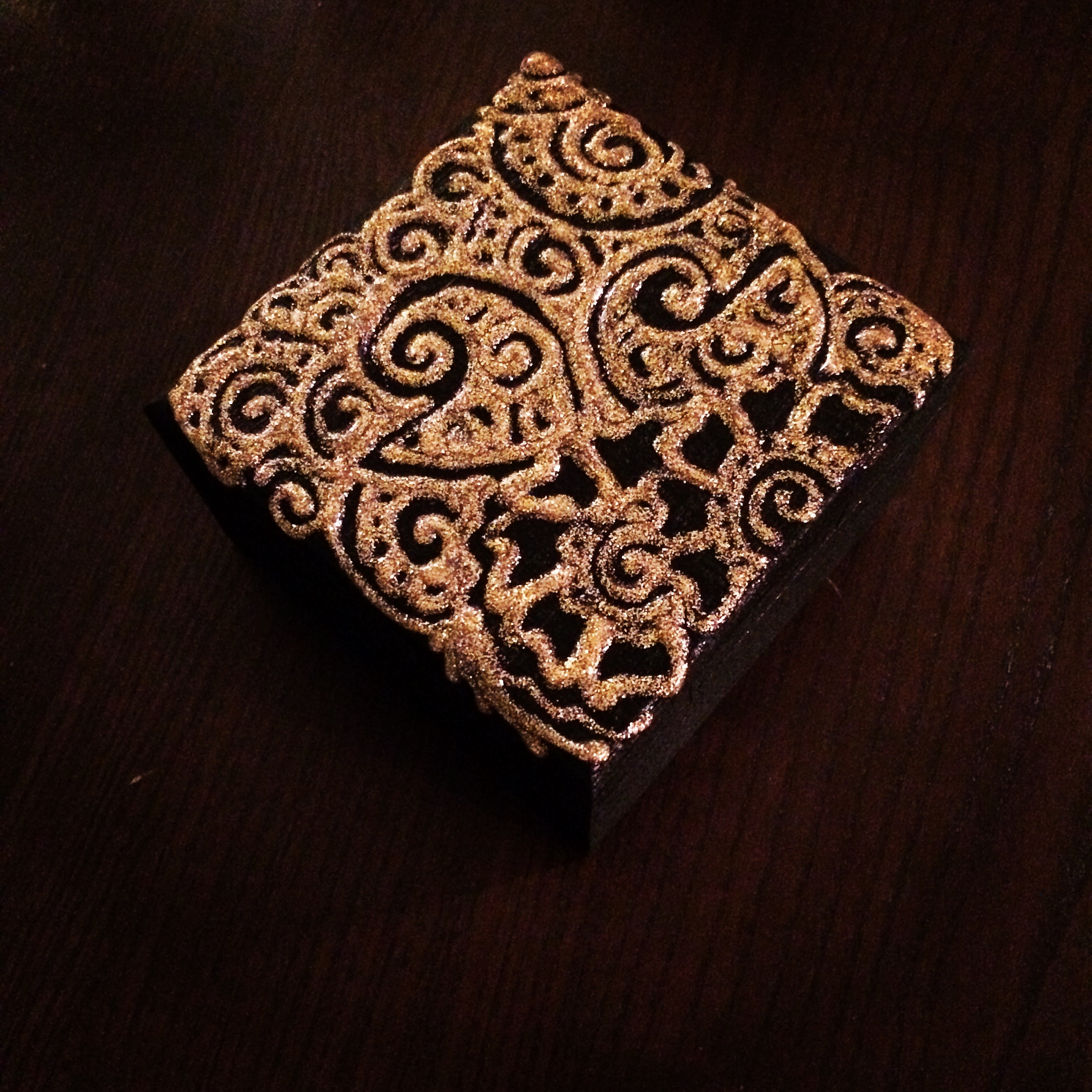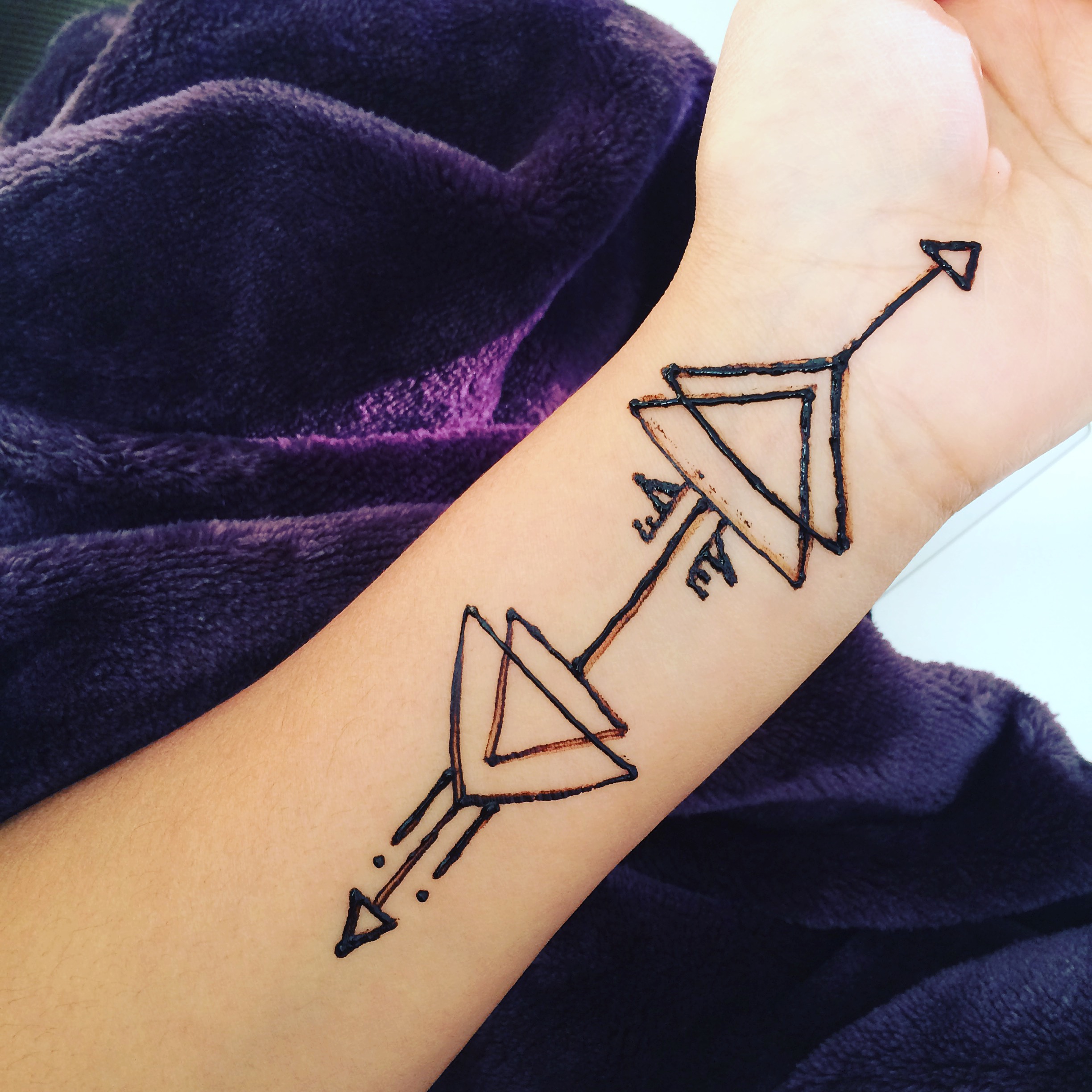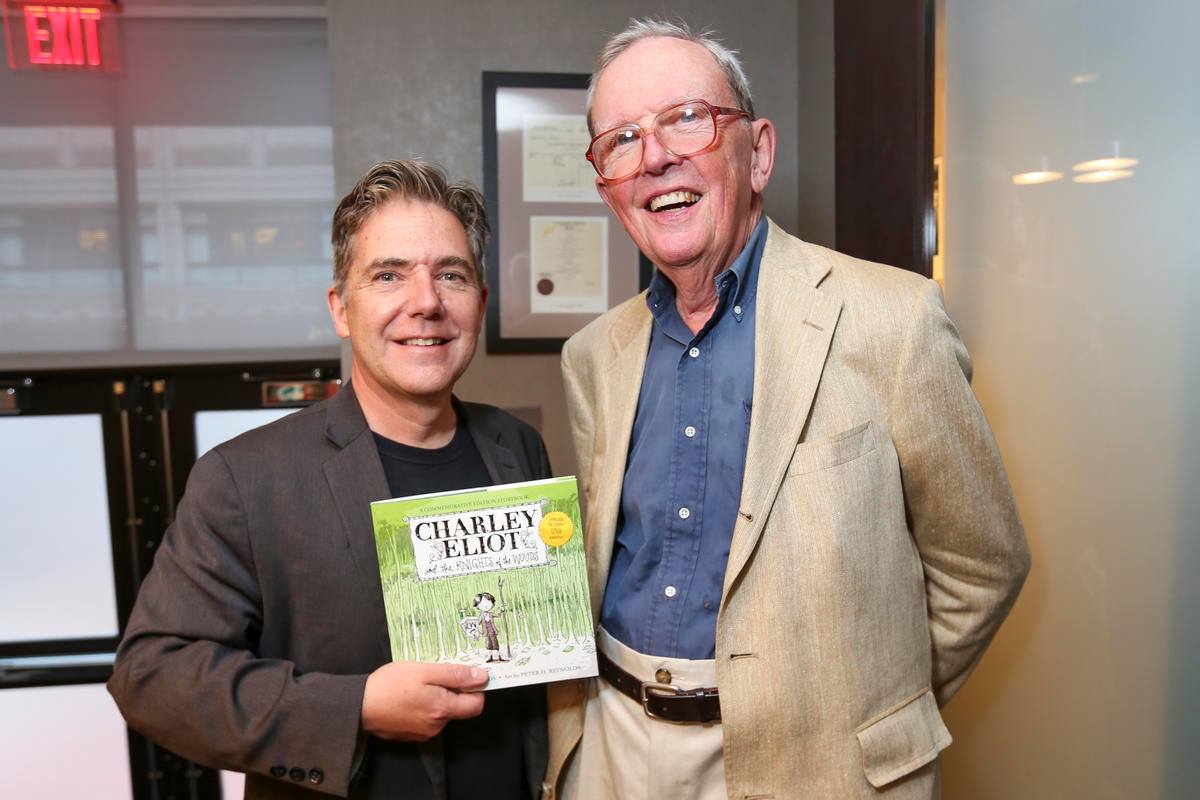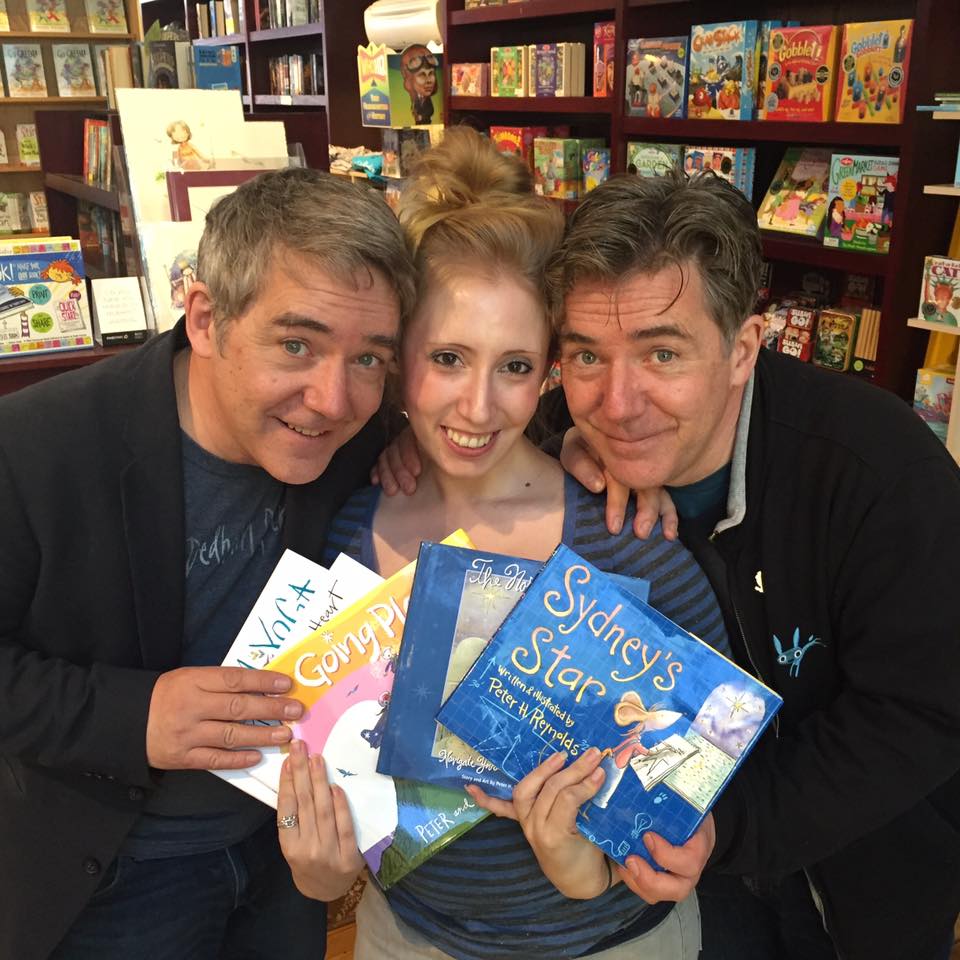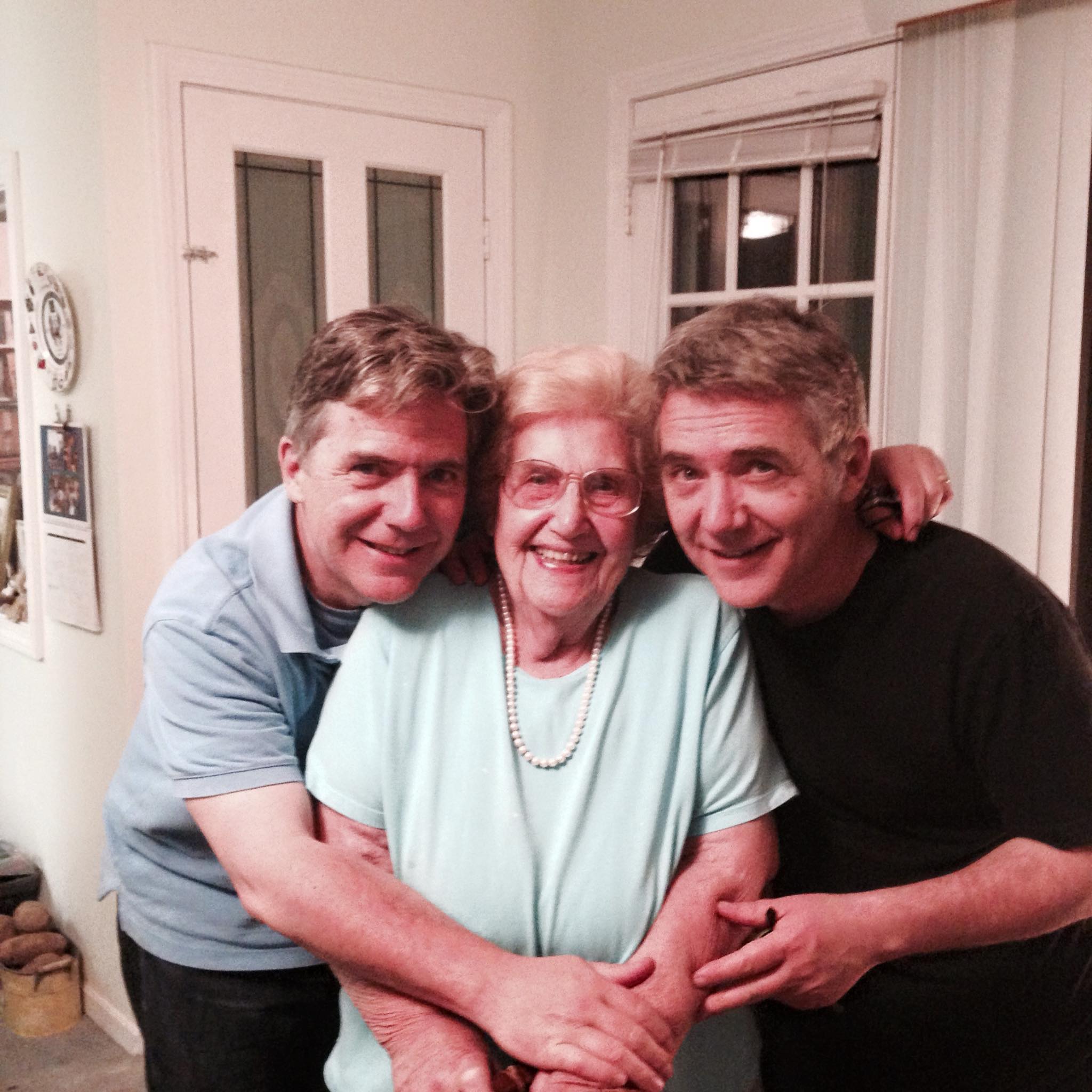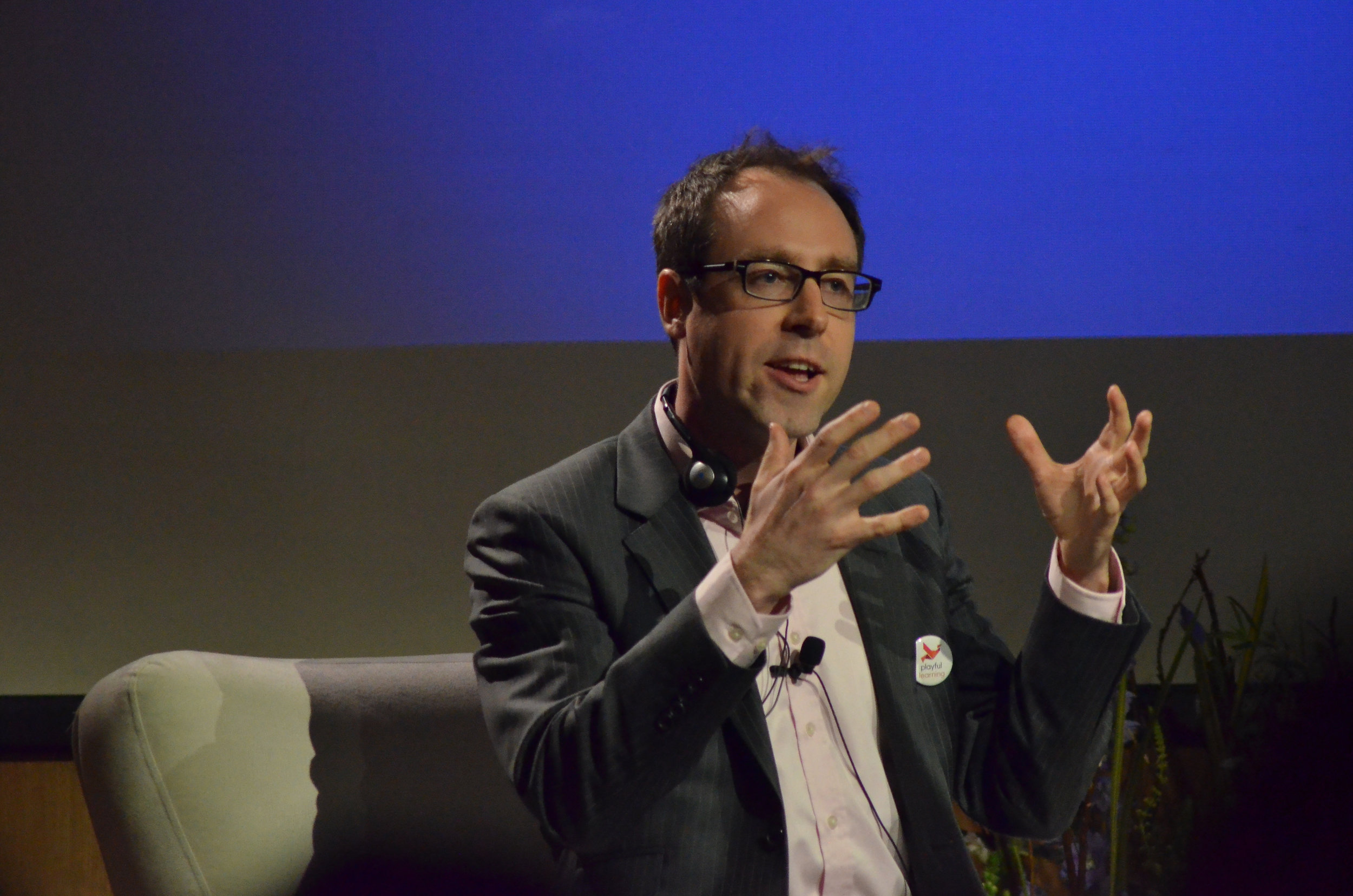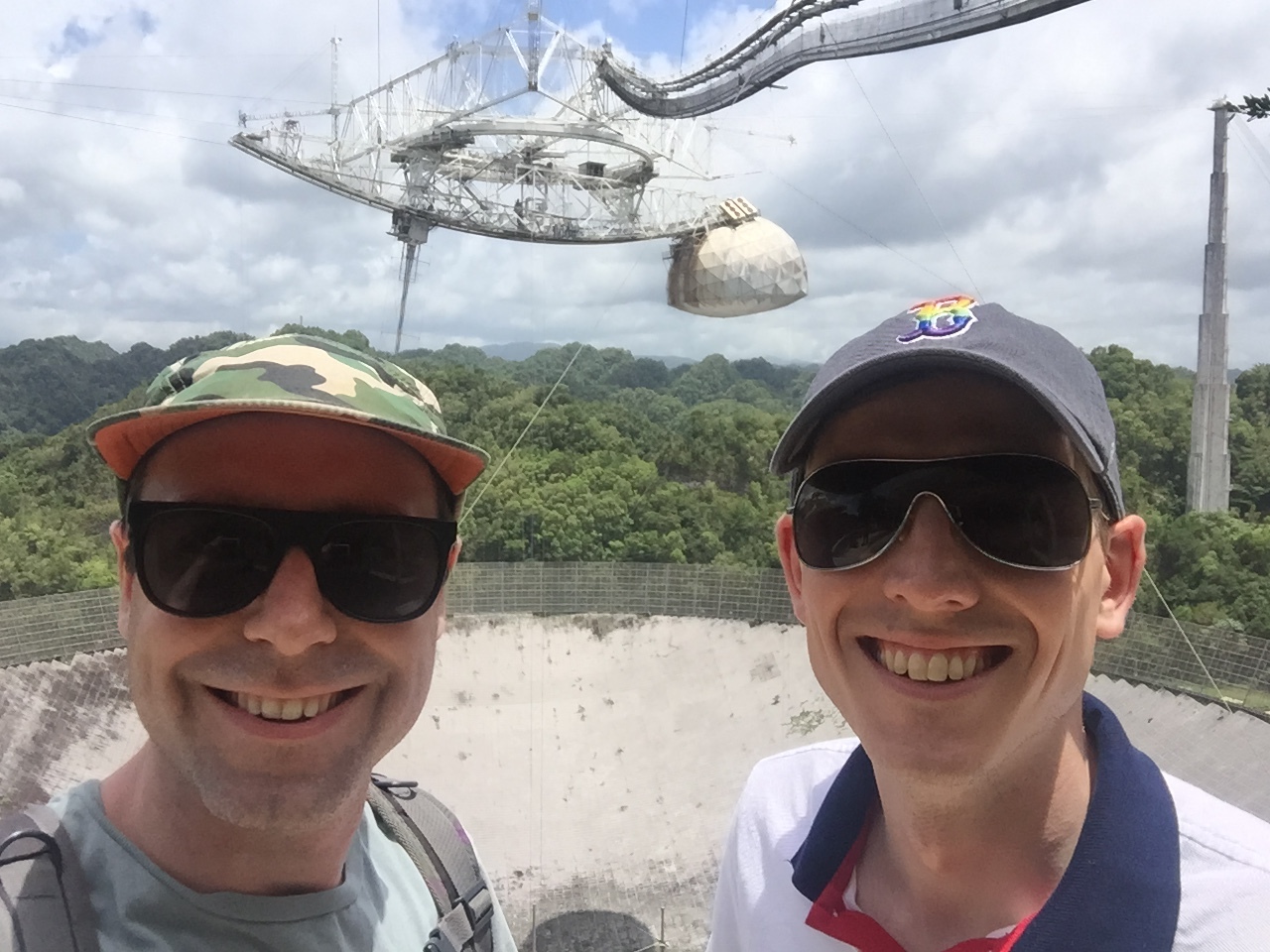Art by Peter H. Reynolds
Every October, artists of varying skill levels all over the world take on the InkTober drawing challenge by doing one drawing a day for an entire month. Jake Parker, founder of InkTober, wanted to challenge himself to dip his pen into ink and grow as an artist by developing positive drawing habits. To encourage others to join the movement and test the limits of their creativity, he coined InkTober and started the movement to see where one’s pen (or brush or stylus or pencil) could take them.
I’m by no means a professional artist but I have a deep appreciation for the creative community. Making art – no matter the medium – is more than just “waiting for inspiration to strike.” It requires focus, sitting down, and building your talent through practice, practice, practice. I saw all the crafty InkTober posts coming in from the artists at our studio and was thoroughly inspired. Some of them used the prompts on the official InkTober page or took a direction all their own (check out Bob's ClayTober posts). Long after the nine to five work day, they continue to make and create, fueled and supported by a community of creatives.
As a henna artist, my ink of choice is the henna cone I use to draw elaborate designs. Sometimes I get stuck and safely stay inside the lines of what I know to be good. To take the InkTober challenge, I stretched the limits of my talent by exploring new designs that I’ve never tested, chiseling away at the daunting “artist’s block.”
To be clear, the goal of InkTober isn’t perfection. It’s a chance to hone your talent, encourage a consistent streak of a strong work ethic, and let creativity reign.
Take a peek at what FableVisionaries have conjured up for InkTober. You can see more Inktober happenings by checking out the #InkTober hashtag on Facebook, Twitter, and Instagram. Share your creative works. Go make your mark.








